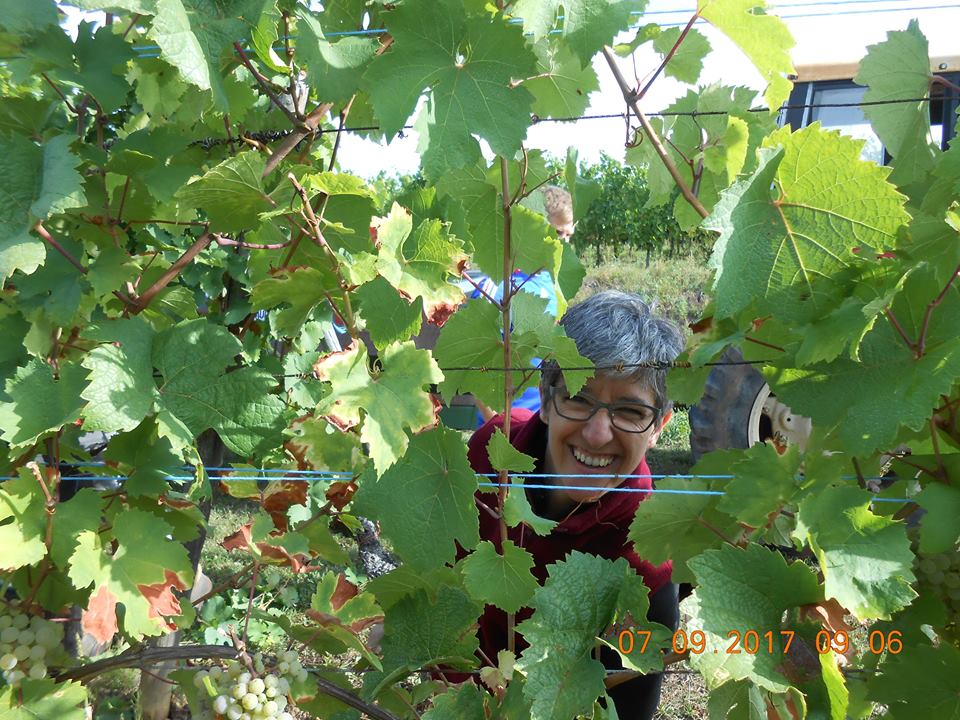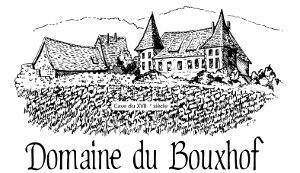Winter
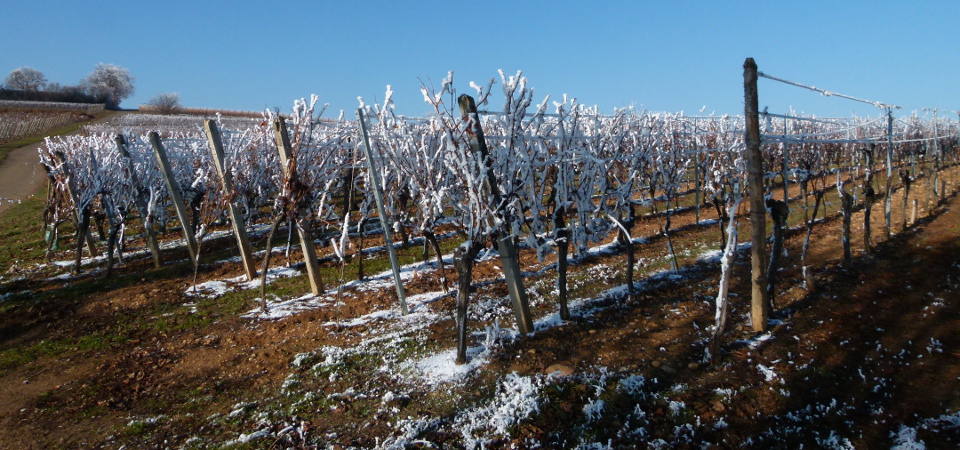
The main work to be done during the vines’ resting period is the pruning. The quantity of the yield is already limited by pruning short to ensure good quality of future grapes.
We choose two small branches from the vine stock ( guyot poussard pruning) with several spurs, while the remaining prunings are put on the ground and crushed to make natural compost.
The broken posts are replaced and the wires are tightened. The vine stock is then attached to the wire and each of the two branches pulled down in a semicircle.
This must be done before mid-April before the vine starts to grow and the first leaves appear.
The soil structural stability is improved by ploughing and crushing of the wood to form natural humus with a living and aerated soil.
Spring
After the period of rest the sun heats up the ground, so it is also the time for new planting.
We analyse the soil to find the best-suited grape variety and graft, then aerate the soil to receive the new plants in optimum conditions.
These will only be fully productive after 4 to 5 years. We place straw in every second row to bring natural humus to the vines, and therefore avoid the use of chemical fertilisers or weed-killer.
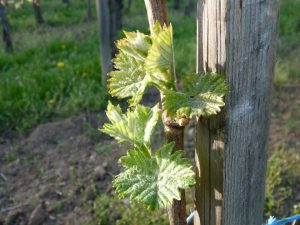 Grass is planted in the other rows. This process has numerous advantages: we avoid any chemical weed-killer, the grass favours the development of a “terroir” wine as the vine roots have to plunge deeper to feed in competition with the grass, the yields are reduced naturally, the foliage is less dense hence less prone to disease, soil erosion is reduced as the grass keeps the soil in place and as the soil is less compressed there is more biological activity therein.As the vines grow we have to take away superfluous branches and those growing on the inferior part of the vine stock, as they waste the rising sap instead of letting the old wood benefit from them.
Grass is planted in the other rows. This process has numerous advantages: we avoid any chemical weed-killer, the grass favours the development of a “terroir” wine as the vine roots have to plunge deeper to feed in competition with the grass, the yields are reduced naturally, the foliage is less dense hence less prone to disease, soil erosion is reduced as the grass keeps the soil in place and as the soil is less compressed there is more biological activity therein.As the vines grow we have to take away superfluous branches and those growing on the inferior part of the vine stock, as they waste the rising sap instead of letting the old wood benefit from them.
Summer
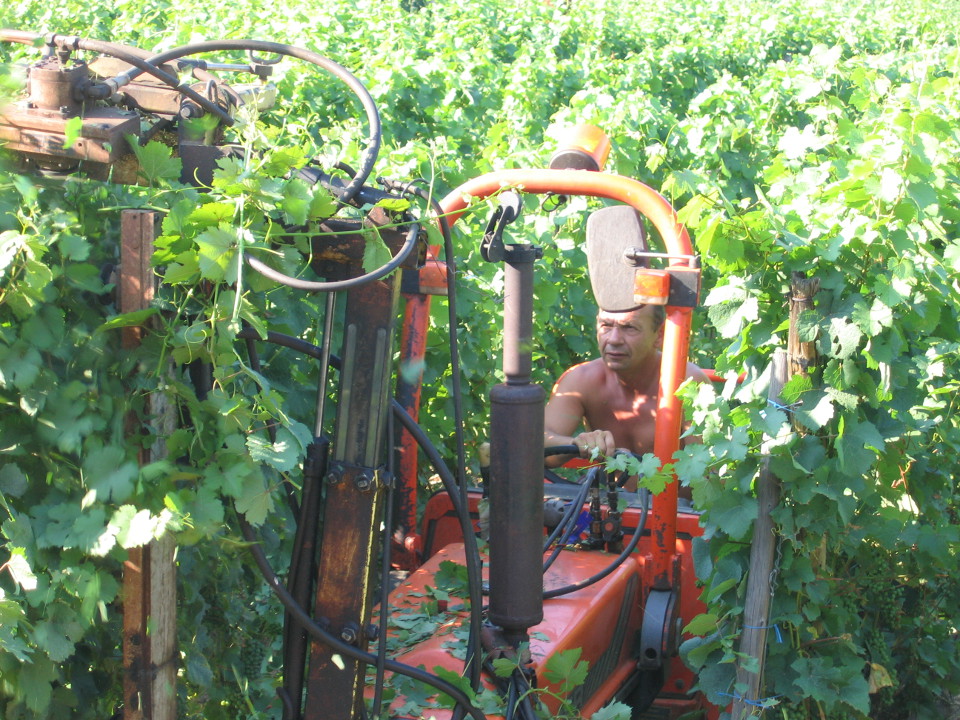
After the flowering, the rows of vines need to be kept tidy, so the branches do not form a roof above the vine, thus creating shadow and poor aeration.
The moment when the vegetation is trained and trimmed is chosen in order not to inhibit the formation of young leaves which are essential for good sugar content in the grapes.
In mid-August, we thin out the leaves to allow the grapes to ripen in maximal sun until the harvest. This also reduces the risk of rot. We then “green” harvest by taking off grapes which are unlikely to reach sufficient maturity and thereby reduce the yield.
Once again quality is improved, as the remaining grapes benefit more from the summer sun. It would be harmful to leave the vine without any protection during the vegetative stage. We prepare our treatments against plant diseases (mildew, oïdium) and against insect pests. Insect traps are installed which diffuse hormones, the number of insects trapped every 2-3 days being a measure of the flight and laying peaks which can assist in treatment regimens.
Harvest
September and October temperatures play a critical role, as then the grapes develop colour, the sugar level increases and the acidity diminishes.
We follow the ripening cycle with great attention in order to choose the best time to harvest each site.
The grapes are brought to the Domaine and put carefully on to our state-of-the-art pneumatic press which has many different pressing programs. The choice of program depends on the grape variety, the quality, the vintage and the state of the grapes, to get a must of very high quality.
The time between the early morning harvesting of the grapes and the pressing must be very short to avoid the use of SO2.
The Domaine being situated in the middle of our vines is therefore advantageous.
